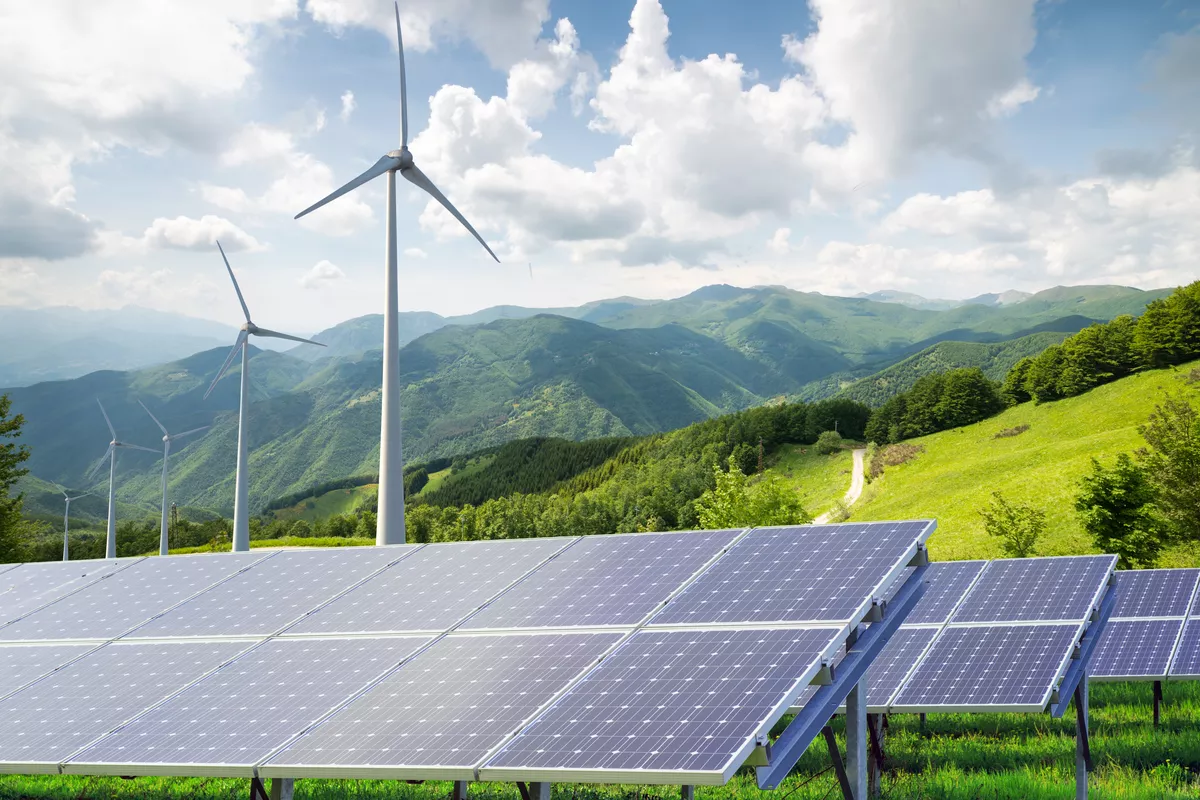Energy Economics 101
The facts are in. The financial and economic analysts agree. For commercial and residential consumers alike, the most cost-effective energy solution is to transition away from fossil fuels and invest in renewable energy.
Fossil gas is no longer a “bridge fuel” between coal and renewable energy. The renewable energy and energy efficiency revolution makes new gas infrastructure a waste of money in the present and a stranded asset for ratepayers in the future.
With changes in technology and new economies of scale, renewables aren’t just climate savers; they are cost-savers as well. Here are some of the best data sources.
New England’s Shrinking Need for Natural Gas (Synapse Energy Economics, 2017)
“The overall need for natural gas in New England’s electric sector is expected to decline dramatically as states work toward compliance with existing laws and regulations. The decline in natural gas use for electric generation indicates that even existing gas pipelines may operate under capacity and that {new pipeline infrastructure] will not be needed to supply either electric generators or gas heating customers.”
Renewable energy costs take another tumble, making fossil fuels look more expensive than ever (Forbes, 2019)
“The cost of renewable energy has tumbled even further over the past year, to the point where almost every source of green energy can now compete on cost with oil, coal and gas-fired power plants, according to new data released today.”
Announced investment in US natural gas infrastructure could lead to over $100 billion in stranded costs as clean energy prices fall (Rocky Mountain Institute, 2019)
“The economics guiding US investments in electricity generation have reached a historic tipping point: combinations of solar, wind, storage, efficiency and demand response are now less expensive than most proposed gas power plant projects. According to a new report by Rocky Mountain Institute (RMI), portfolios of these clean energy resources can provide the same energy and reliability services as traditional gas power plants—but cost less.”
A Bridge Backward? The Risky Economics of New Natural Gas Infrastructure in the United States (Rocky Mountain Institute, 2019)
“Our study finds that 90 percent of new gas-fired capacity proposed for construction in the next five years could be cost-effectively avoided with [clean energy portfolios]. Prioritizing clean energy investment in these cases would unlock $29 billion in net customer savings and avoid 100 million tons of CO2 emissions each year—equivalent to 5 percent of current US electricity-sector emissions.”
Lazard Asset Management analysis showing the levelized cost of utility scale solar and wind to be now cheaper than gas (2019)
“Certain renewable energy generation technologies are already cost-competitive with conventional generation technologies; a key factor regarding the continued cost decline of renewable energy generation technologies is the ability of technological development and industry scale to continue lowering operating expenses and capital costs for renewable energy generation technologies.”
International Renewable Energy Agency 2019 report finding that in 2020, 77 percent of onshore wind projects and 83 percent of the utility-scale solar PV projects will have lower electricity prices than “the cheapest fossil fuel-fired power generation option for new generation.”
“The costs for renewable energy technologies reached new lows again last year. Solar and wind power have emerged as the most affordable power source for many locations and markets, with cost reductions set to continue into the next decade.”
Energy Massachusetts Comprehensive Energy Plan commissioned by Governor Charlie Baker (2018)
“In all policy scenarios, natural gas demand is decreased by 2022 due to the increased renewable generation from recent procurements and from additional efficiency gains.”
